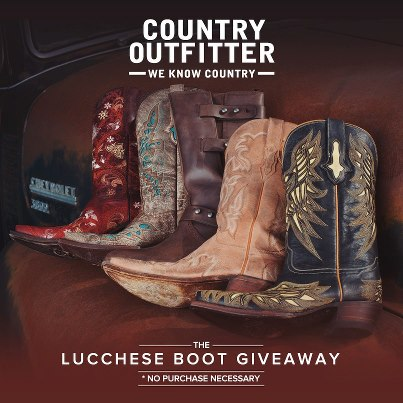
$100M/Year to Shut Down: The Rise and Fall of An E-Commerce Empire
Hello! Who are you and what are you working on?
I’m John James, I’m currently the CEO of Engine, a new cloud hosted ecommerce platform.
In this interview, however, I’m sharing the story of how I started my previous business, Acumen Brands.
I’ll share how we started, how we acquired a nine million Facebook fans in 90 days for one of our brands, how we leveraged that success to raise $100 million in venture capital in middle-of-nowhere Arkansas, and how the business ultimately failed spectacularly after being acquired.
I’m excited to share the story about how an ex-physician (me) and an ex-lawyer built a automated robotic warehouse to support a few dozen online stores, and how one of the stores (Country Outfitter) exploded into a hundred million dollar retailer of cowboy boots in less than six months, despite the fact that neither of the founders owned a single a pair of cowboy boots.


Download the report and join our email newsletter packed with business ideas and money-making opportunities, backed by real-life case studies.

Download the report and join our email newsletter packed with business ideas and money-making opportunities, backed by real-life case studies.

Download the report and join our email newsletter packed with business ideas and money-making opportunities, backed by real-life case studies.

Download the report and join our email newsletter packed with business ideas and money-making opportunities, backed by real-life case studies.

Download the report and join our email newsletter packed with business ideas and money-making opportunities, backed by real-life case studies.

Download the report and join our email newsletter packed with business ideas and money-making opportunities, backed by real-life case studies.

Download the report and join our email newsletter packed with business ideas and money-making opportunities, backed by real-life case studies.

Download the report and join our email newsletter packed with business ideas and money-making opportunities, backed by real-life case studies.










